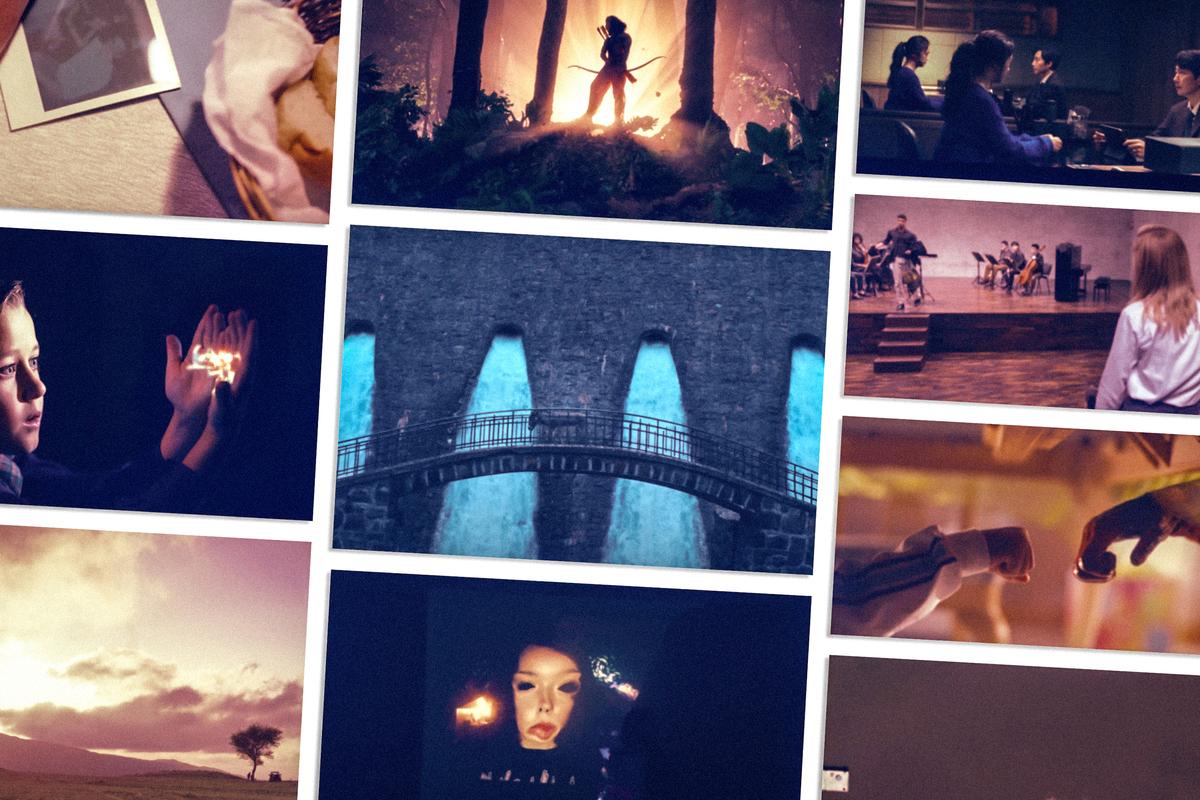
Note: I did not see Avatar: The Way of Water in time for this list, and it’s just as well, since—with a few subtle exceptions—I usually try to emphasize non-CGI-assisted images in this feature. James Cameron’s status as Hollywood’s reigning master of seamless, weightless unreality is uncontested, and unlike so many of the directors doing assembly-line work for big-ticket intellectual properties, he actually has a wonderful visual imagination: Generations of genre filmmakers are in his debt. With the Pandora’s box of Avatar off the table then, I strove to identify—and annotate—the compositions (or camera movements) that either crystallized or transcended my memories of the movies around them, several of which ranked among the year’s best. As usual, a list like this is deeply subjective, and so is the idea of what constitutes a perfect (or extraordinary) shot—whether the goal should be showing off or self-effacement. My only hope is that these 10 images lead you in the direction of a worthwhile cinematic experience (or 10).
Aftersun
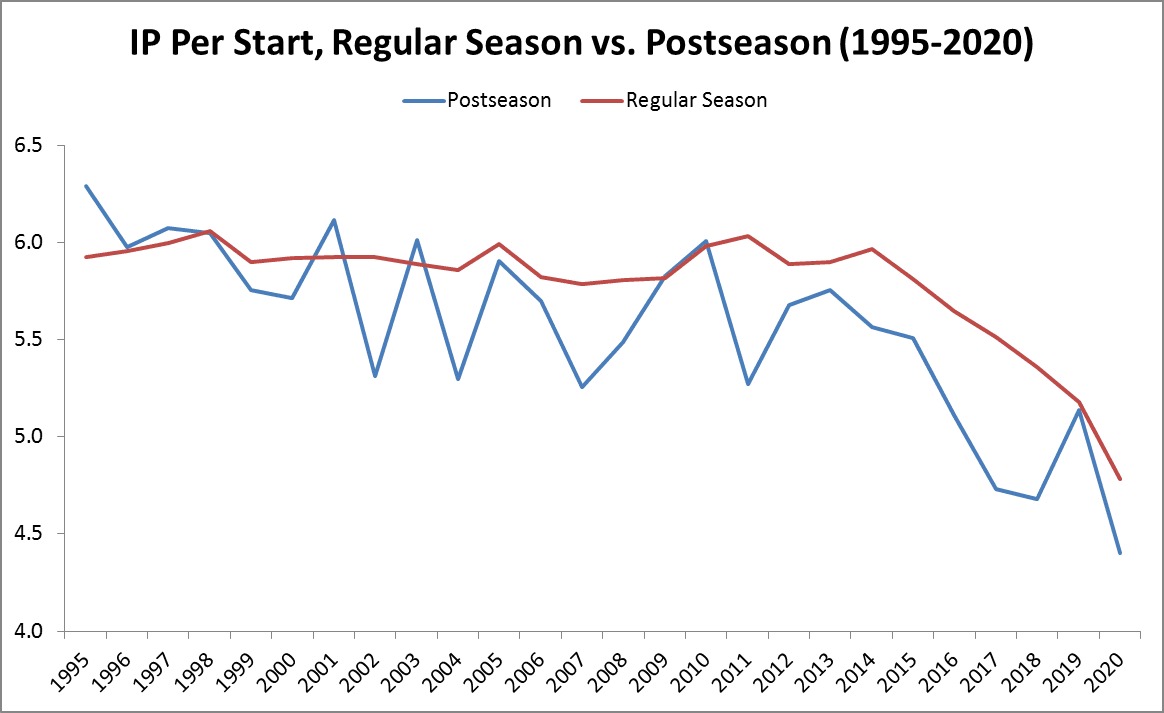
The photograph coming slowly into focus here serves as an ideal emblem for Charlotte Wells’s debut feature, Aftersun. It’s an ostensibly candid moment veiling—and then revealing—some deeper, sadder truth. Chewing over their joint holiday as they prepare to return to their separate homes, Calum (Paul Mescal) and his daughter Sophie (Frankie Corio) allow their minds to wander briefly to the idea of a never-ending beach vacation—an idyll away from the responsibilities awaiting them in the UK. “Why,” asks Sophie in a small, happy voice, “can’t we just stay?” The answer is as simple—and, in context, as quietly devastating—as the photograph’s development. Time moves forward no matter what, frozen only artificially (and futilely) by memory, or, more reliably, emulsion. Wells holds on the shot for what feels like a miniature eternity, as if she can’t bear to let the details sharpen—or to let go of her characters and their bond, leading to a final segment that’s dominated by melancholy evocations of departure both literal and (meta)physical. At once nostalgic and unsparing, Aftersun is the cinematic equivalent of a long goodbye; the photograph, which is special precisely because it’s so ordinary, leaves Sophie (and us) with something to hold on to.
Decision to Leave
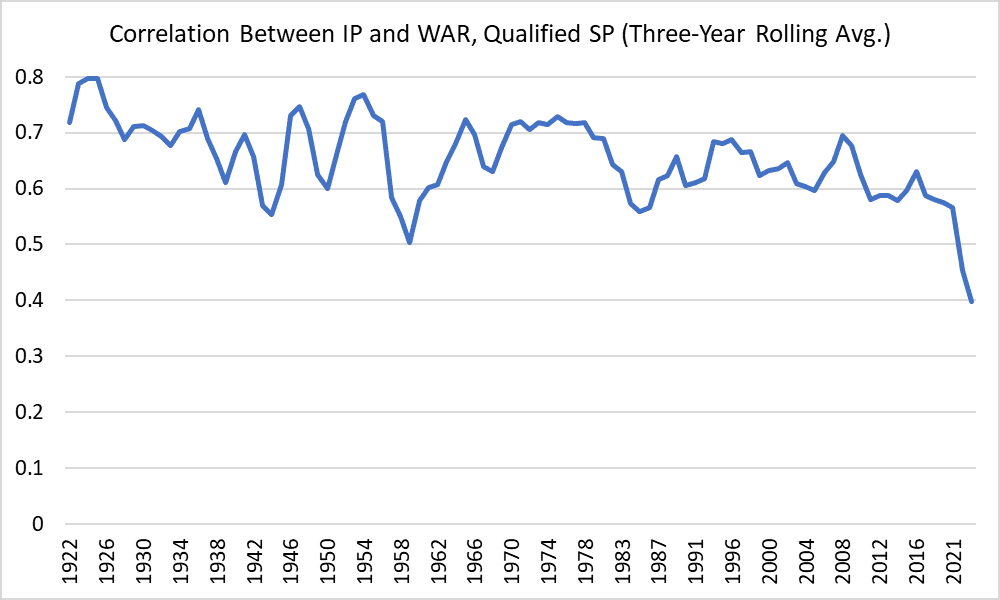
There are two sides to every story, and in his dazzling new thriller Decision to Leave, South Korean auteur Park Chan-wook skillfully emphasizes duality at every turn. Working in tandem with cinematographer Kim Ji-yong, Park—who rightly won a directing prize at Cannes—generates visual interest in nearly every frame, all without overwhelming the humming momentum of the story. One trick works especially well: When shooting interiors, he places his characters behind glass or against mirrors to hint at the multitudes they contain. Case in point: Charged with interviewing a beautiful and enigmatic murder suspect, police inspector Hae-joon (Park Hae-il) approaches the assignment with a mix of detached professionalism and burning curiosity—contradictory sensations channelled back at him by his subject, Seo-rae (Tang Wei), whose sphinx-like unreadability somehow suggests openness and guile at the same time. In a movie in which nearly every shot is calibrated to distill and convey dramatic and thematic information, their interrogation room meet-cute stands out as an example of how directorial imagination can transform conventions into visual coups.
EO
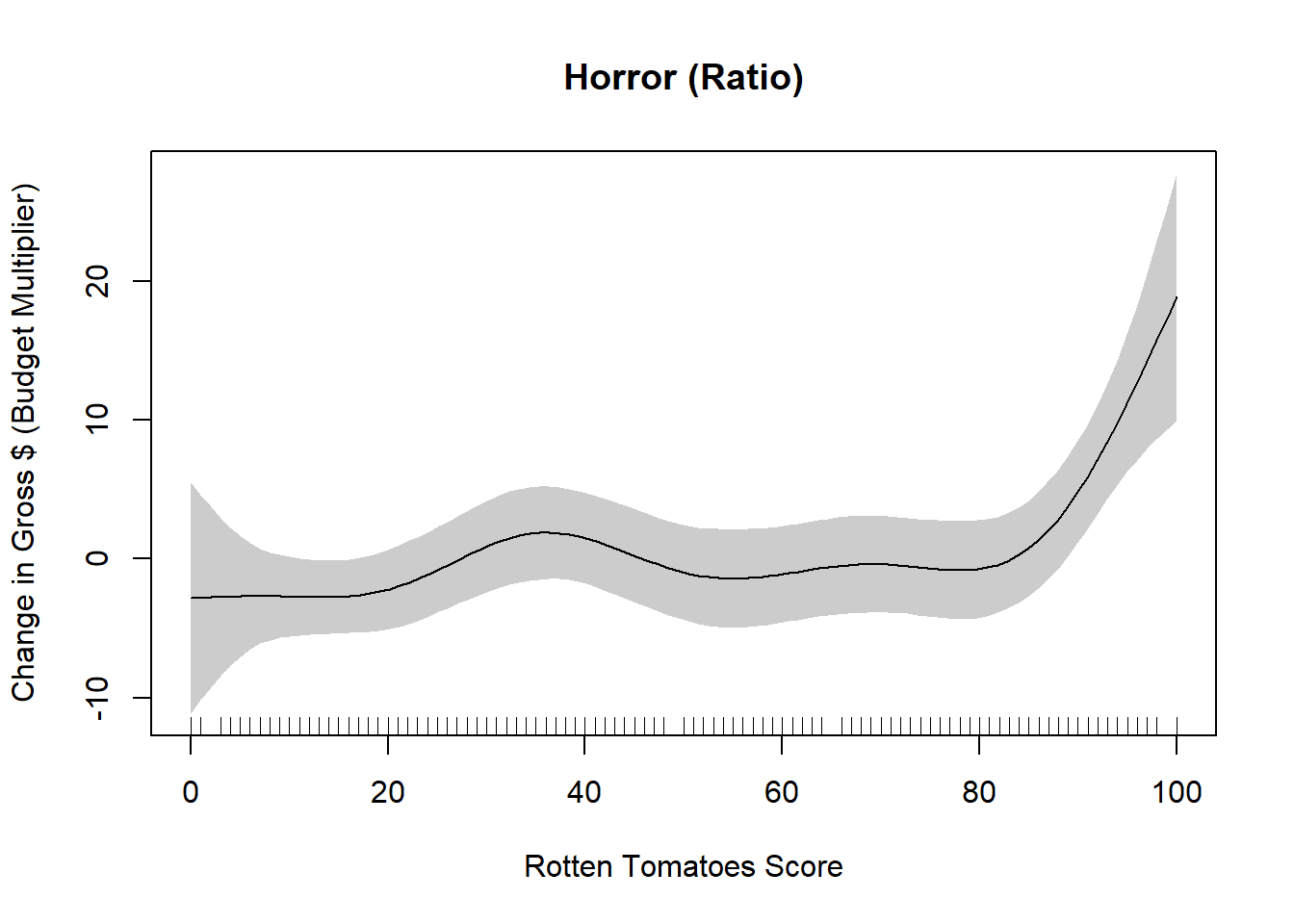
The spaces in Polish director Jerzy Skolimowski’s donkey-on-the-loose drama range from grittily realistic to hauntingly abstract. For example: the elevated, eerily symmetrical bridge that serves as EO’s final checkpoint on an incredible journey whose ultimate destination is, sadly, never really in doubt. That’s only a spoiler if you consider mortality a spoiler, and Skolimowski’s ability to make his locations feel increasingly tinged by death is central to EO’s uncanny formal power. Here, the idea of crossing over gets literalized through a composition that also gestures toward some larger, cosmic sense of indifference—a figure dwarfed by his surroundings. That both the dam and the bridge are man-made structures is also important to the sequence’s ultimate meaning; through the film, we’re asked to consider the relationship between ecology and industry, and the disastrous condition of the planet around us. Through Skolimowski’s keen directorial eye, beauty itself becomes weaponized; if the shot is a postcard, it’s being sent to (or from) the edge.
The Fabelmans
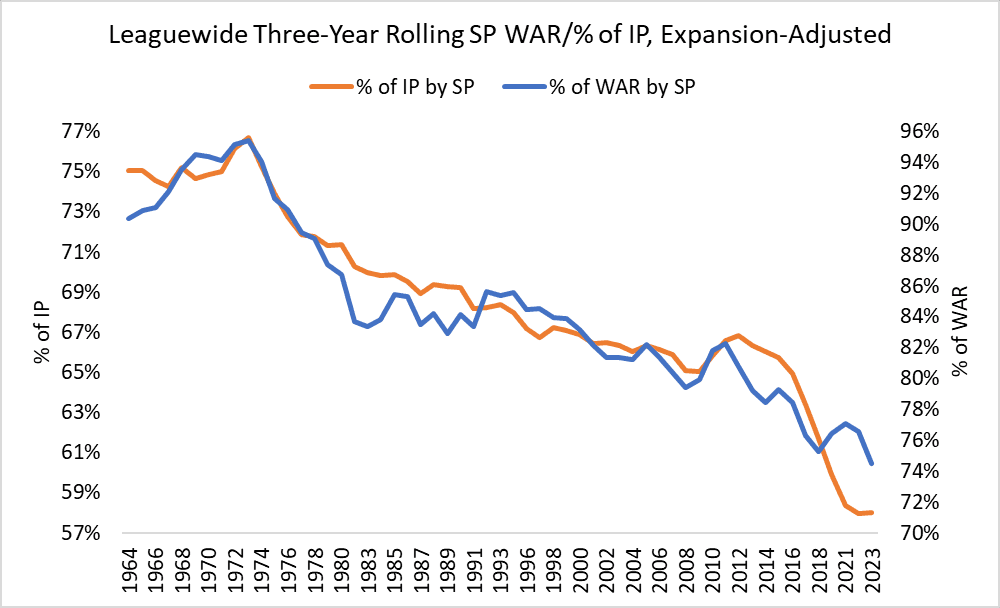
He’s got the whole world in his hands: Alone in the dark, projecting his own painstakingly captured Super 8 footage onto outstretched palms, young Sammy Fabelman appears to us as creator, viewer, and screen all at once. It’s a holy trinity that, as visualized by Steven Spielberg at his late-career image-making peak, signifies something deeply metaphysical about filmgoing and filmmaking—that the artist must imagine himself amidst the audience. (The trademark Spielberg Face, conveying awe at the power of cinema, is also on display.) Sammy’s close encounter is also tactile in a way that reaches back through the digital mist to cinema’s tactile, handmade 20th century history. For another filmmaker, Sammy’s rapture would be a landmark composition. For Spielberg, it’s just one more for the all-time highlight reel.
Hit the Road
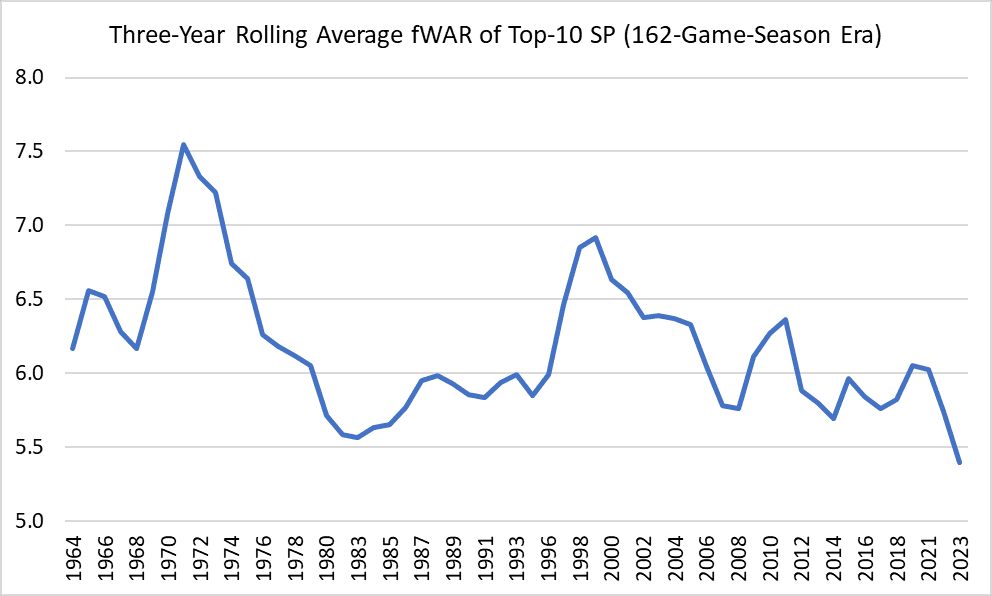
A chip off the old block, emerging Iranian director Panah Panahi honored his father—the much celebrated and politically embattled Jafar Panahi—with the swift, inventive travelogue Hit the Road, in which a pair of loving, politically dissident parents must smuggle their older son out of the country to avoid his mandatory military service. For the most part, Panahi shoots his debut in cramped, intimate close-ups that turn his protagonist’s car into a kind of mobile prison—there’s no room to maneuver weary heads or aching limbs, and every passing vehicle manifests a potential threat. When the time comes for the parties to go their separate ways, he locks into a distanced master shot composition worthy of Stanley Kubrick (whose name, along with that of Christopher Nolan, comes up in conversation during the film via the dialogue of a movie-obsessed child). Panahi conjures up a moment of pastoral beauty that seems to exist out of time even as its arrival confirms that the clock is running out on a family that may never be whole again.
Nope
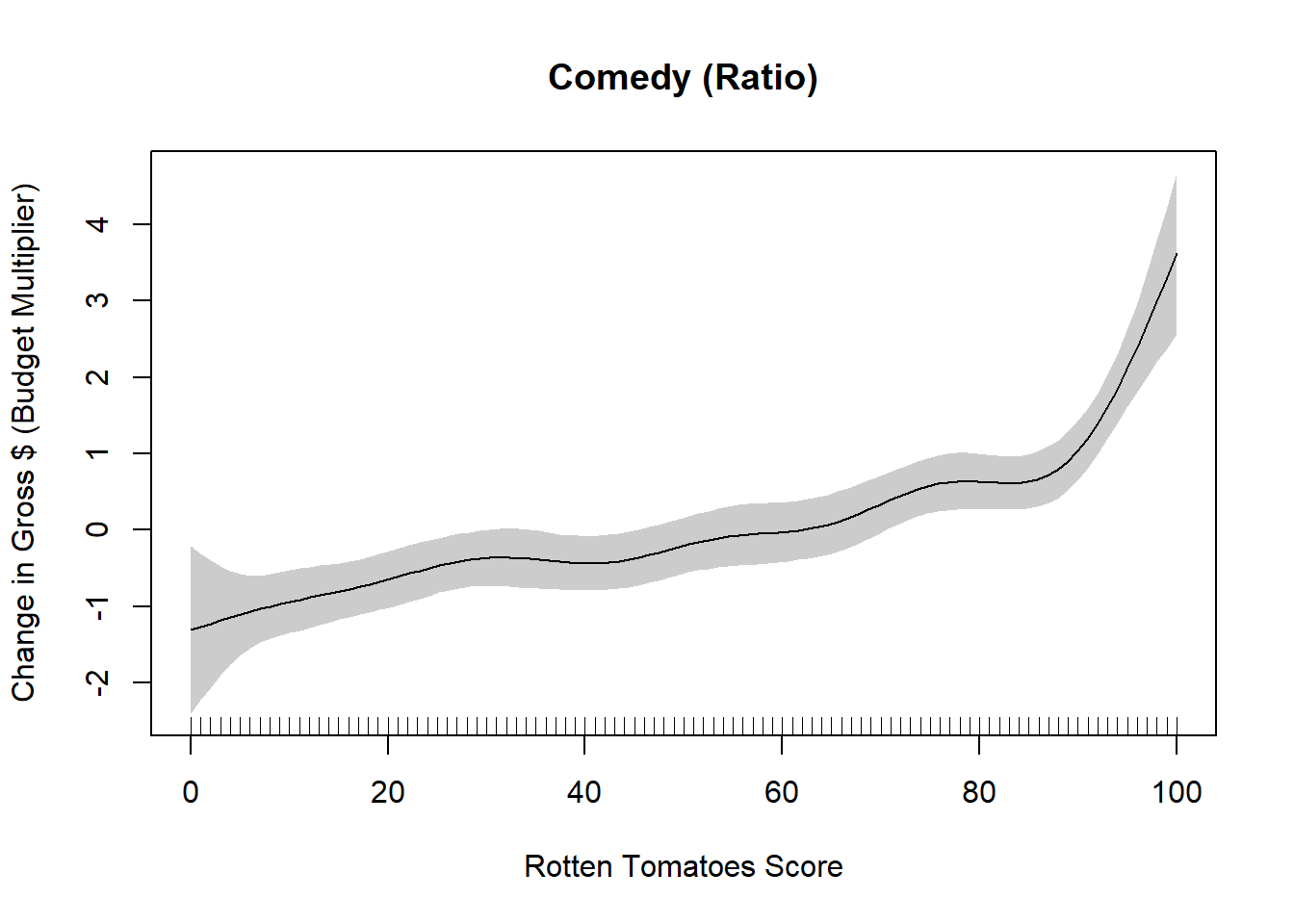
The urge to reach out and touch somebody is a very human concept rooted in ideas of empathy and emotional transference. More primal—and persuasive—is the feeling to recoil from an outstretched hand, especially one powerful enough to rip you limb from limb. If Jordan Peele’s marvelous, shape-shifting horror thriller Nope is, on some level, a meditation on our collective, hardwired responses toward fight or flight, the terrifying (and tragic) mid-film set piece depicting a sitcom taping gone haywire delineates the stakes with clear, comic-book precision. The imperiled child actor debating whether to fistbump his rampaging simian costar (and in doing so, soothe him) is caught not only between fast-twitch, life-or-death instincts but, more abstractly, between reassuring televisual fantasy and brutal reality—and wondering if one can redeem or rescue the other. The reference points for the image are obvious: Michelangelo’s The Creation of Adam on down to Kubrick and Spielberg—but its actual meaning remains fluid, especially since fate (in the form of a SWAT team) intervenes before Nature can take its course one way or another.
RRR
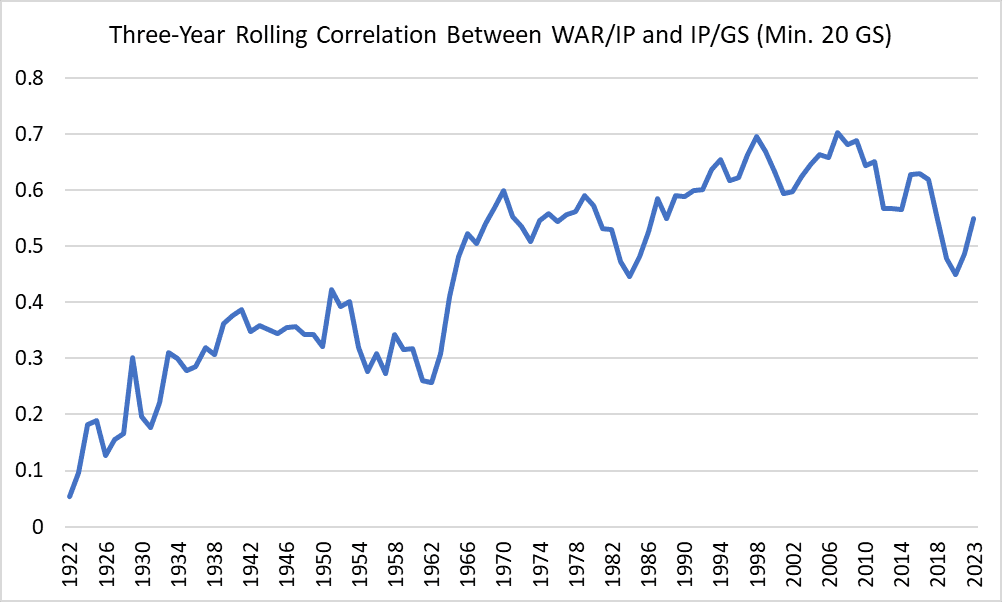
In a remarkable upset, S.S. Rajamouli’s hyperbolic Tollywood action epic earned a Best Director citation from the New York Film Critics Circle—a possible precursor to an Oscar nod that’d make Bong Joon-ho’s presence at the 2020 ceremony seem almost uneventful. Simply put, Indian commercial cinema is virtually invisible in Western-critical tastemaking circles, and the question of why a veteran blockbuster director’s latest blowout has touched a nerve is worth asking. The film mythologizes a pair of real-life Indian revolutionaries, Alluri Sitarama Raju and Komaram Bheem, as comrades in the battle against the British Raj; in the climax, Raju adopts the image—and the kick-ass weaponry—of the Hindu god Rama in order to lay waste to colonial forces. RRR does not lack for over-the-top moments—I could have just as easily included the scene when one of our heroes fights a tiger, or when another hurls flaming motorcycles into the British barracks—but the backlit, fairy-tale grandeur of Raju’s quasi-supernatural rebirth stands out as an example of Rajamouli’s adroit pop-cinema chops.
Tár
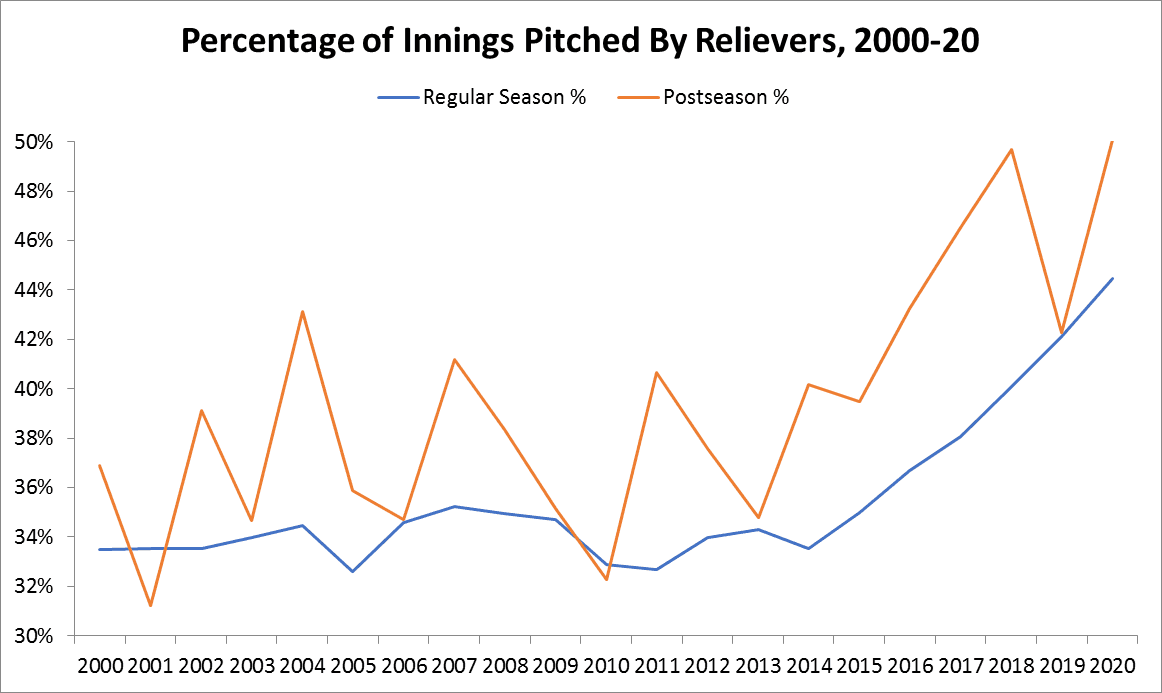
Yes, the long take at the center of Todd Field’s acerbic character study constitutes an act of showing off: For nearly five minutes, the shot roams, tracks, and reframes around Cate Blanchett’s Lydia Tár as she stalks a Juilliard lecture room discoursing on everything from compositional technique to cancel culture, all without breaking stride, or even a sweat. (Blanchett is electric here—she should start practicing those award speeches now.) That’s because Tár and its severe, spectacular art-house aesthetics are made in the image of its antiheroine—a case of form fused to content that sometimes works brilliantly. What makes the scene thrilling and appalling is the tightrope it walks (camera in hand) between Lydia’s virtuoso rhetoric and comfortably tenured punching-down; her desire to make herself the center of attention will have consequences. Later in the film, when Lydia’s rant gets cut up and decontextualized in a takedown video on Twitter, it makes for a funny, vicious payoff to all that pumped-up, real-time formalism—a reminder that visual language is just as important as oratory.
We’re All Going to the World’s Fair
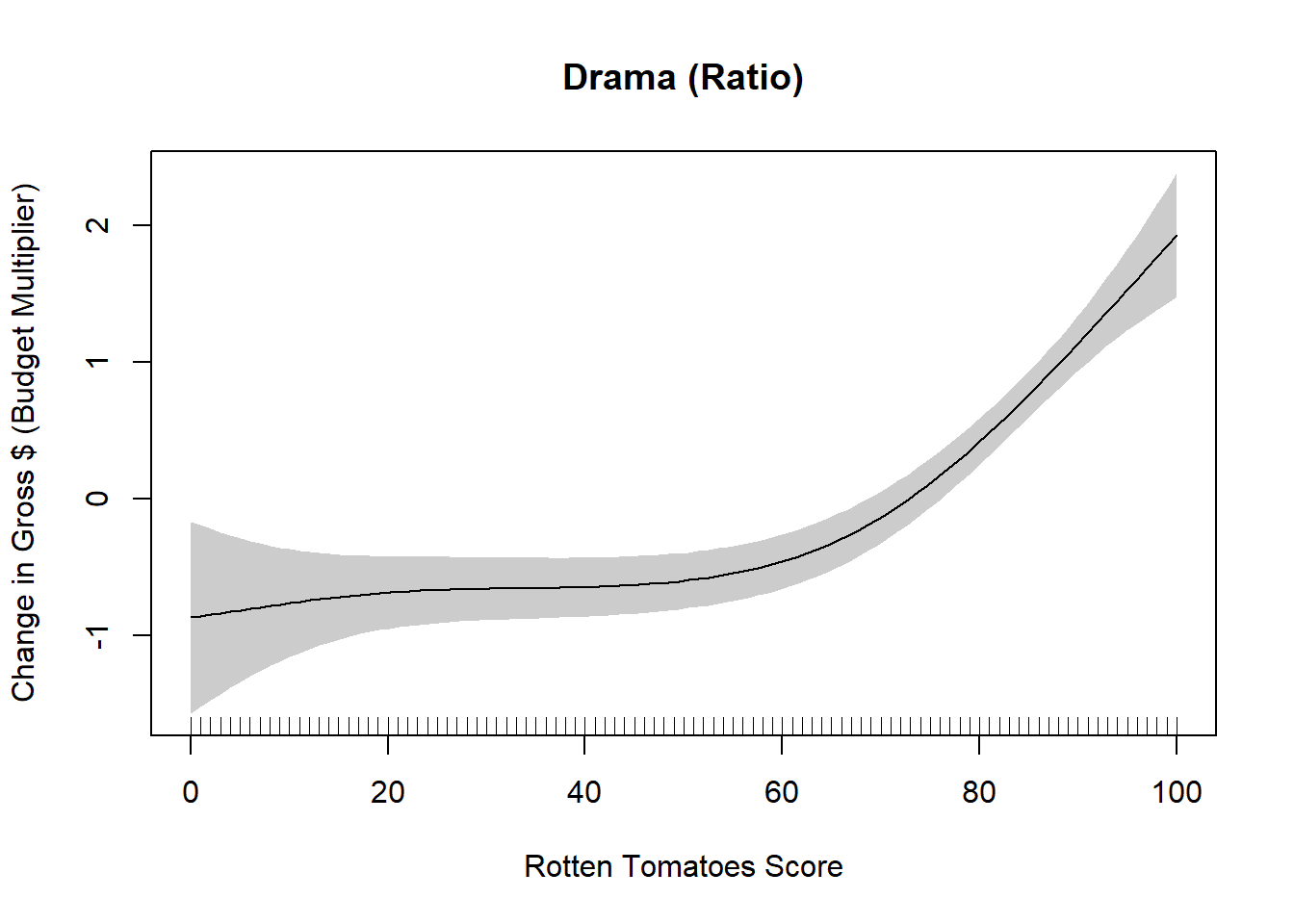
Probably the key screenlife horror movie of the millennium so far along with Unfriended, Jane Schoenbrun’s We’re All Going to the World’s Fair unfolds largely across a series of monitors or else features laptops or other mobile devices within its mise-en-scène. Its protagonist, a lonely, isolated preteen named Casey (Anna Cobb) likes to cocoon herself inside internet videos, and in this surpassingly creepy early sequence she’s confronted by a mysterious upload of her own distorted image, which is projected against a screen so large it dwarfs her. The source of the message—and the relationship that evolves between Casey and its sender—offer plot threads to be untangled, but on a purely graphic level the shot evokes a set of disturbing, complex ideas about transformation, disfigurement, and self-loathing that lurk in the margins of the story. It’s a scene that works as a jump scare but also accrues anxiety with sustained contemplation; the only thing freakier than Casey not recognizing herself in this moment is the possibility that she just might.
X
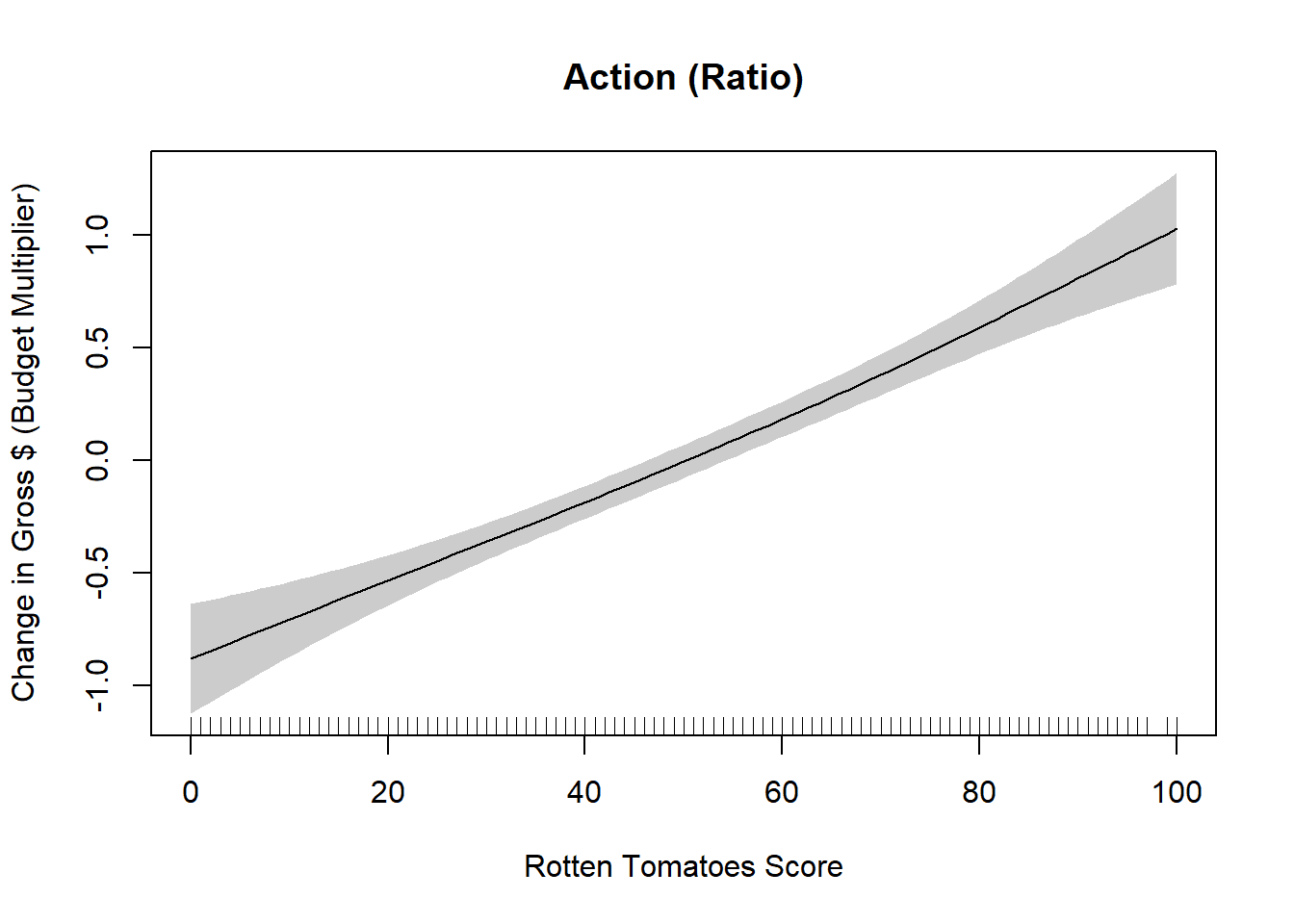
Ti West’s X takes place in 1979, a few years after its wannabe-movie-maker characters surely lined up to see Jaws. Mia Goth’s Max has no idea she’s sharing her West Texas skinny-dipping excursion with a hungry alligator, and her innocence imbues this bird’s-eye view with the requisite Spielbergian menace. It’s also a bit of a misdirection, since as the film goes on, our heroine proves to be anything but a damsel in distress—a Final Girl with an ax to grind instead. The best thing about X (and its hastily assembled surprise prequel, Pearl) is how it plays with concepts of predators and prey, and West’s pleasure in finding unexpected places for his camera is palpable. As for his star reptile, it makes a welcome return cameo in Pearl, leading us to wonder if the gator should somehow be included in the upcoming trilogy-ender MaXXXine—or if, given the L.A. setting, West will manage to find an even slimier antagonist.
Adam Nayman is a film critic, teacher, and author based in Toronto; his book The Coen Brothers: This Book Really Ties the Films Together is available now from Abrams.